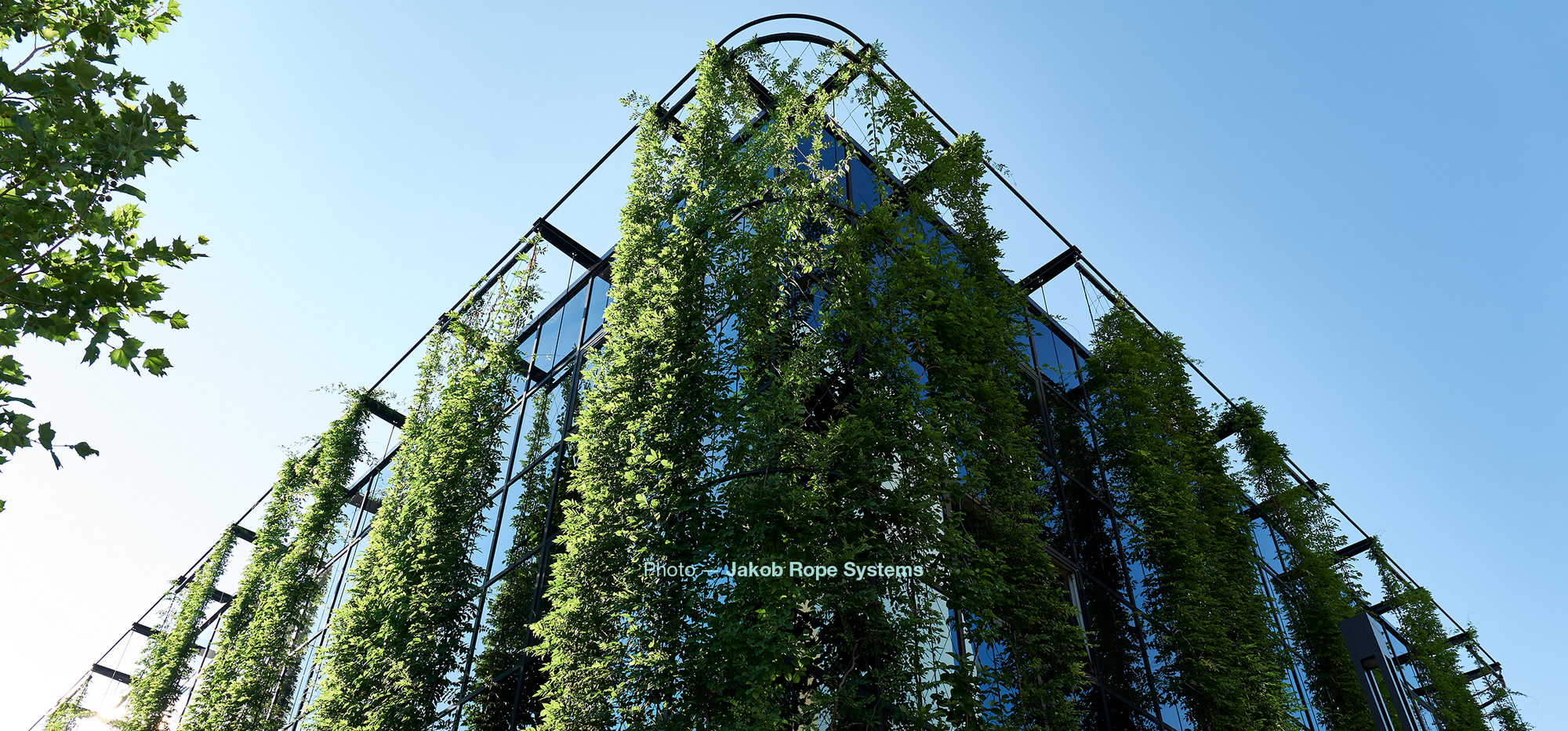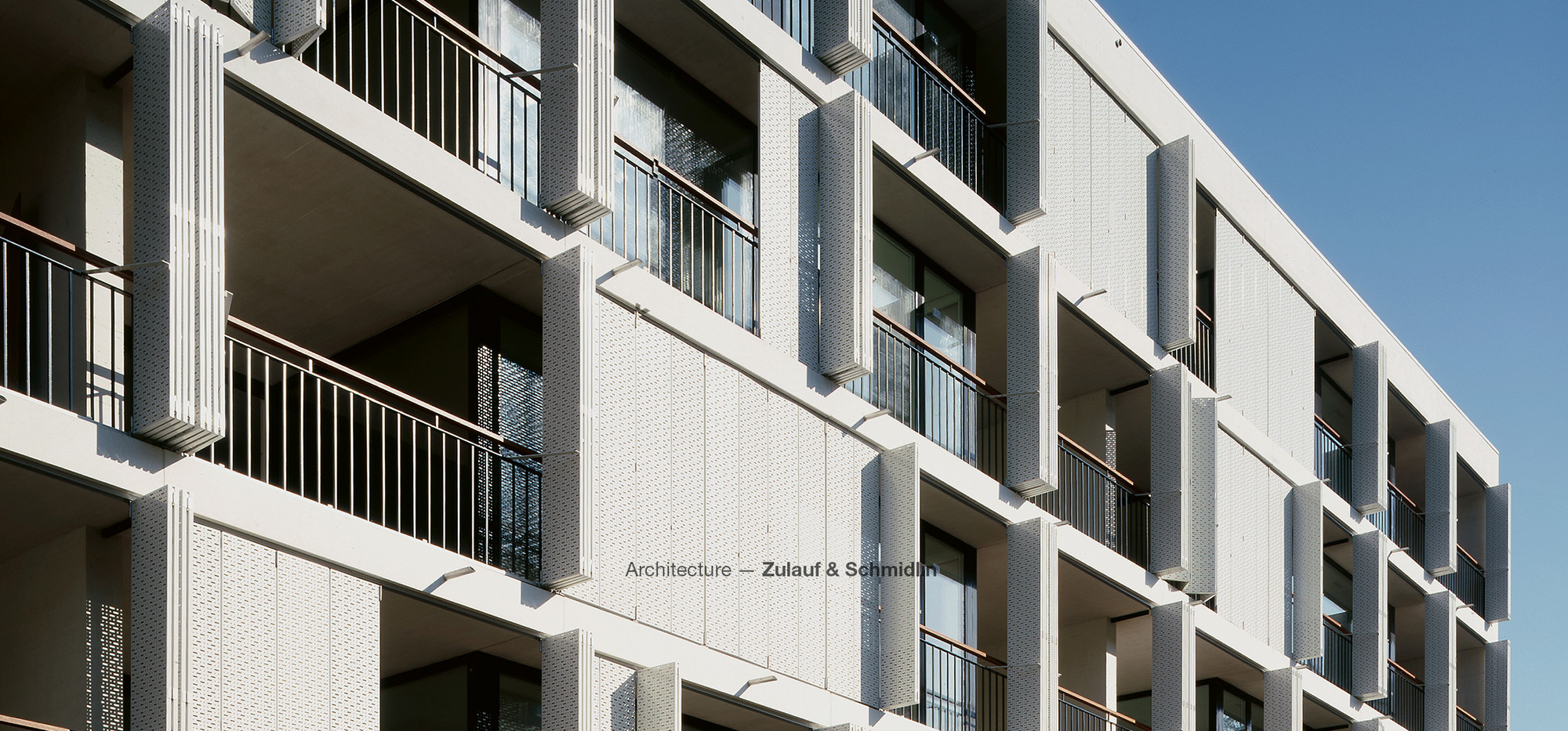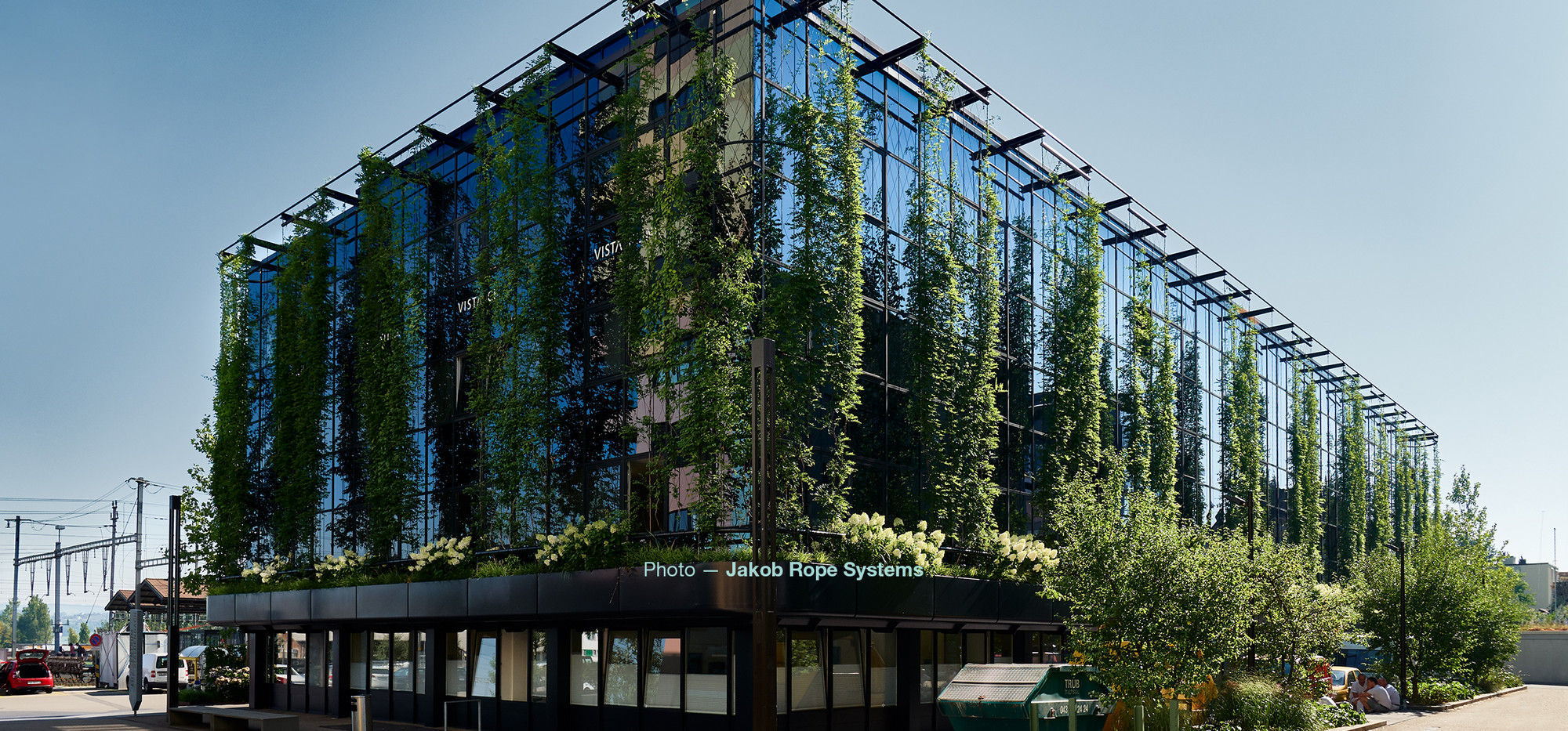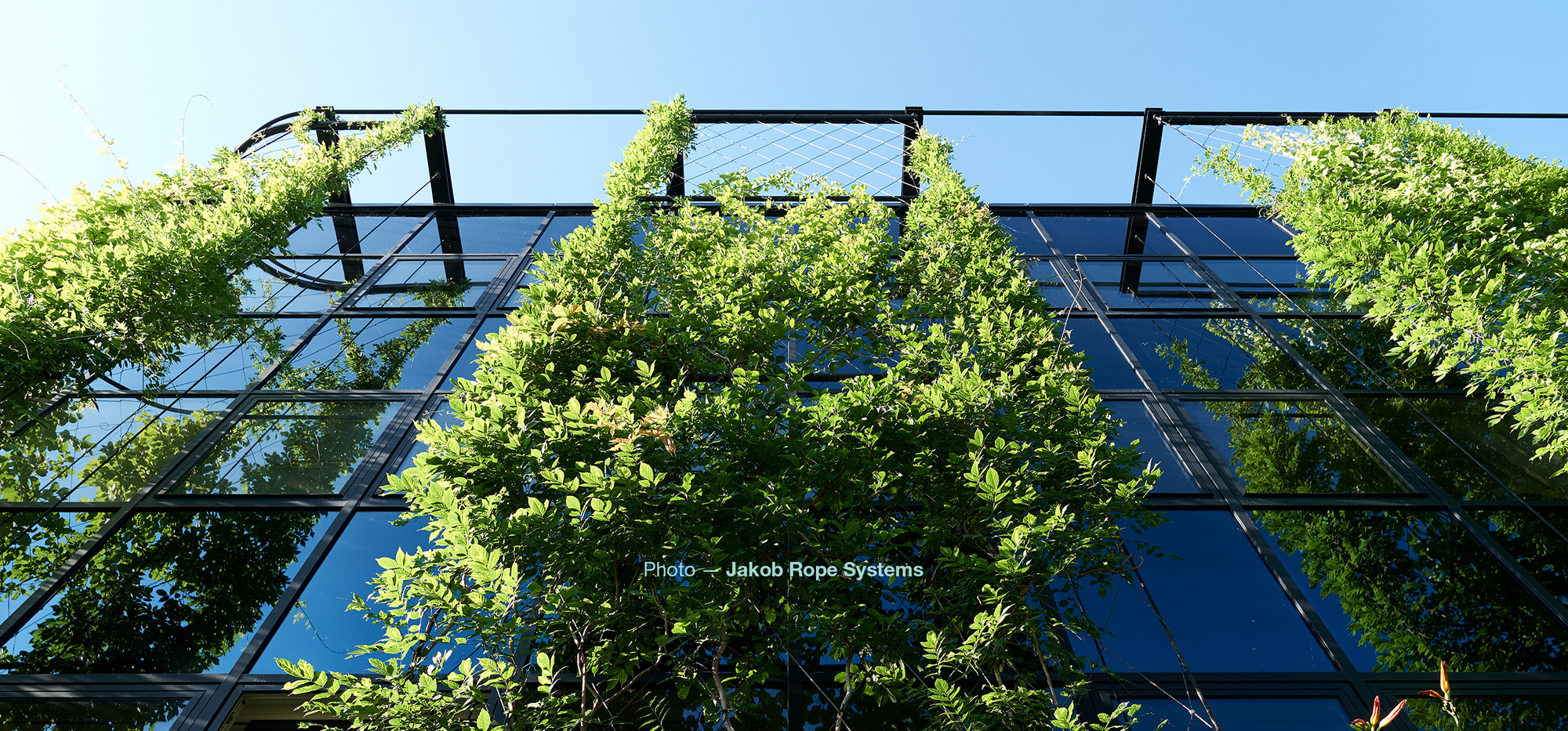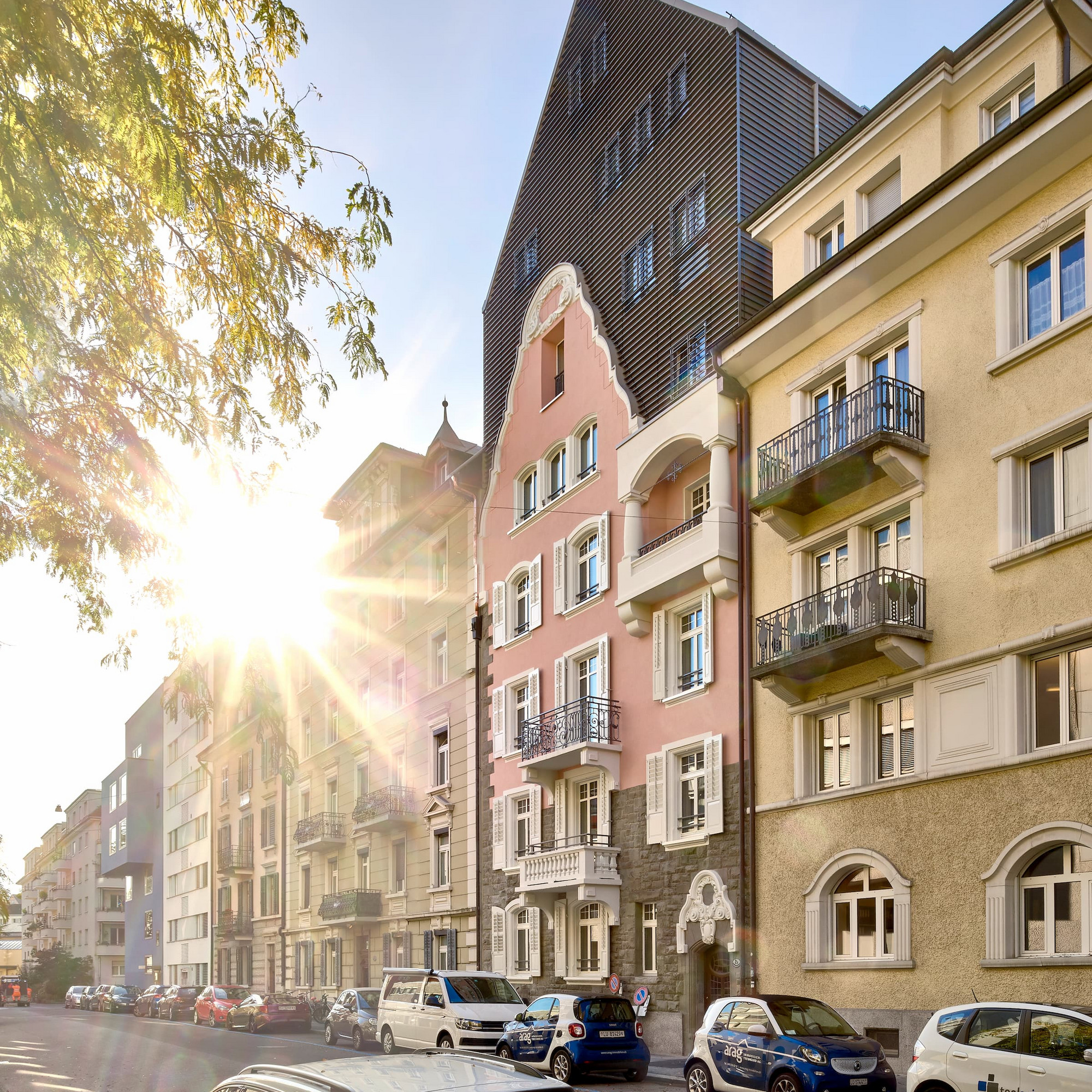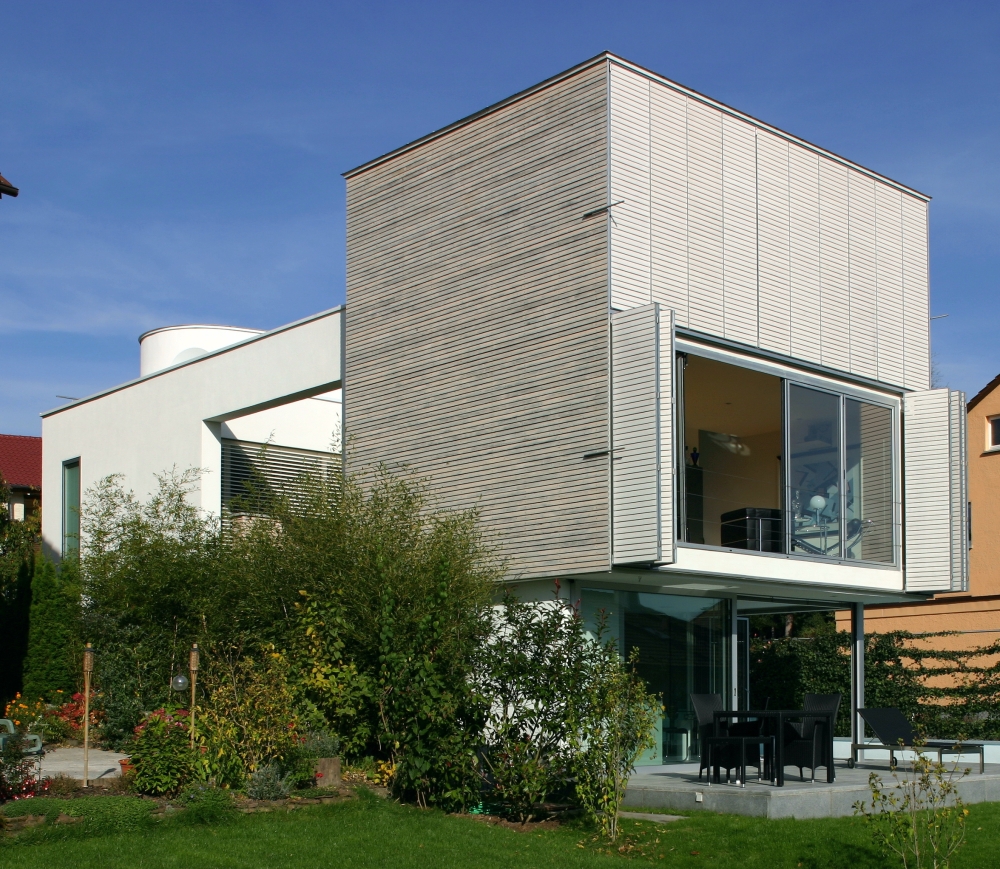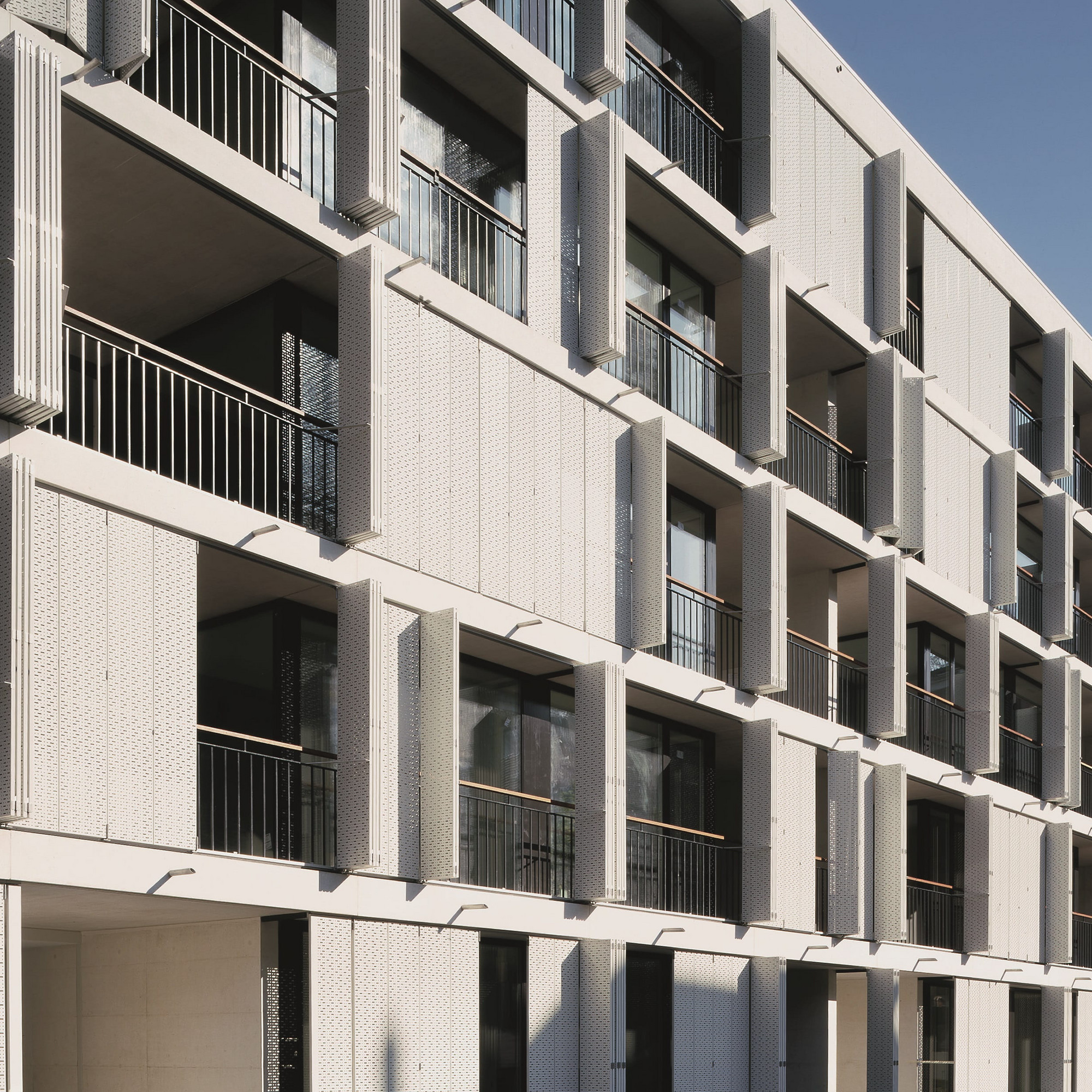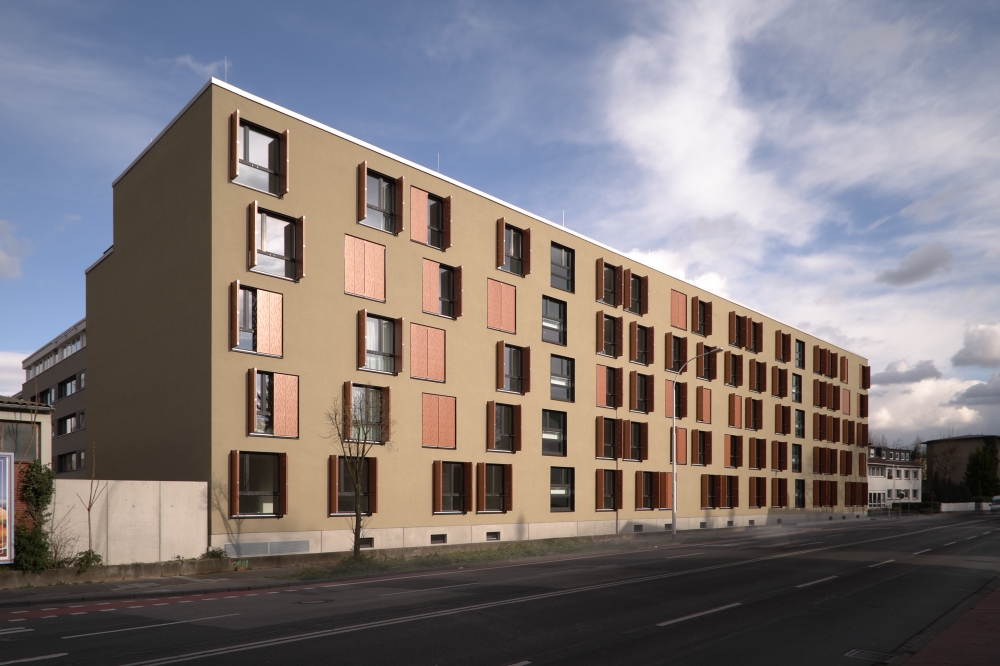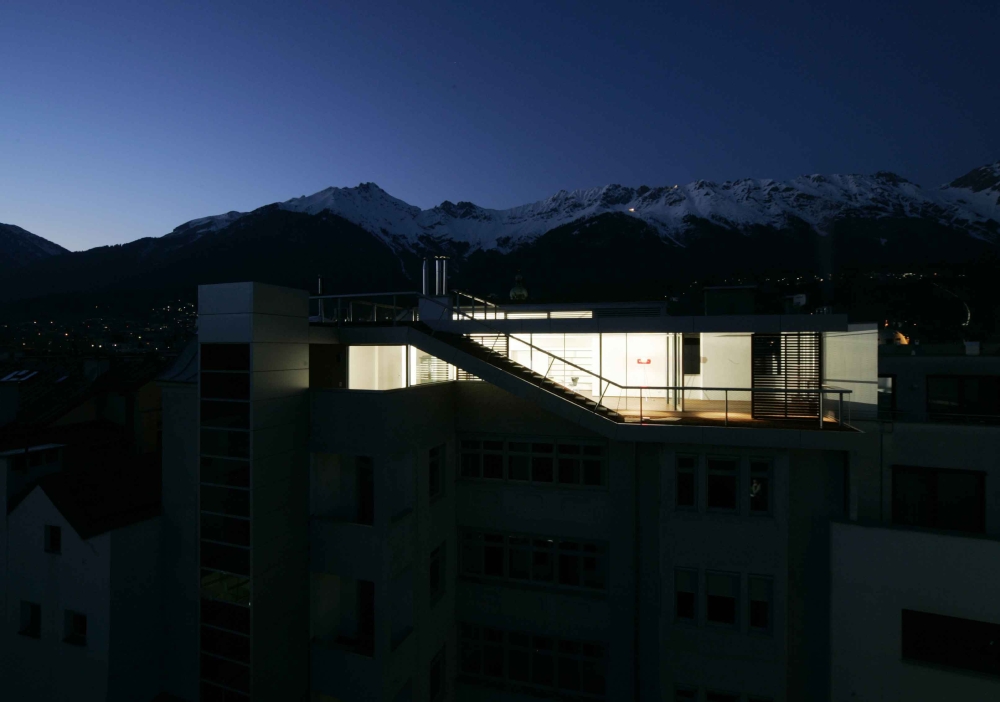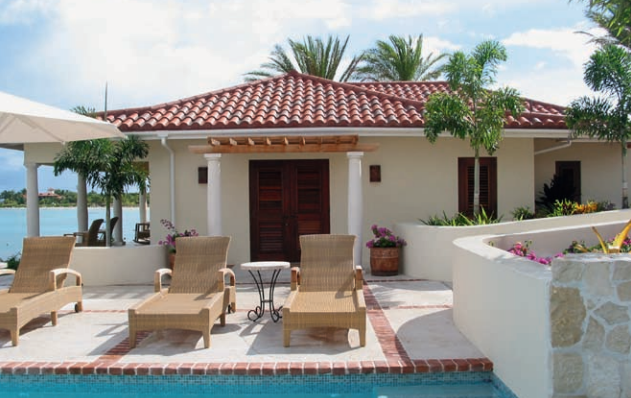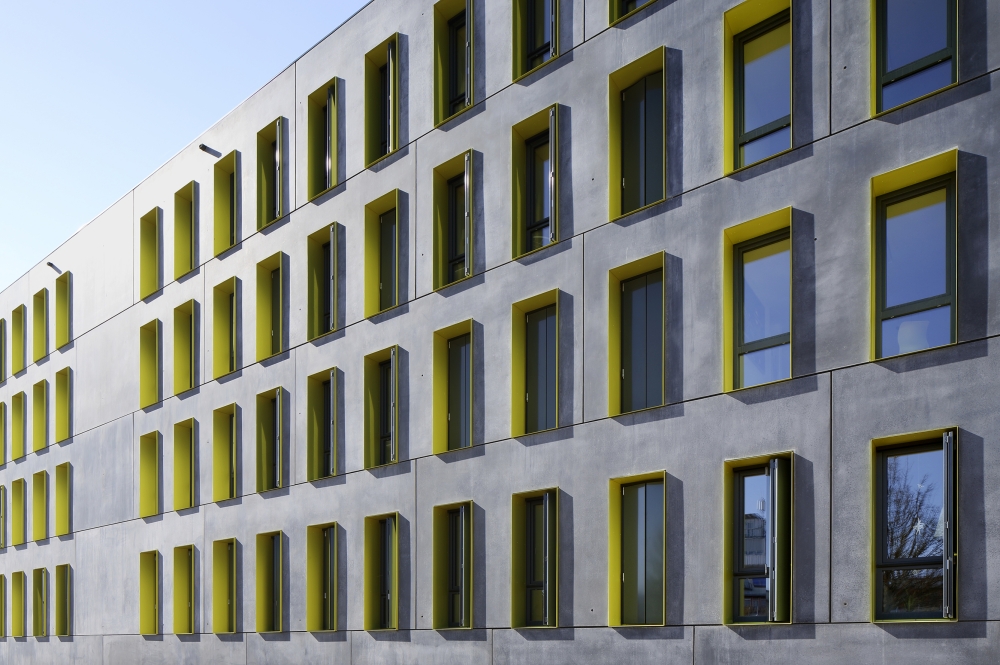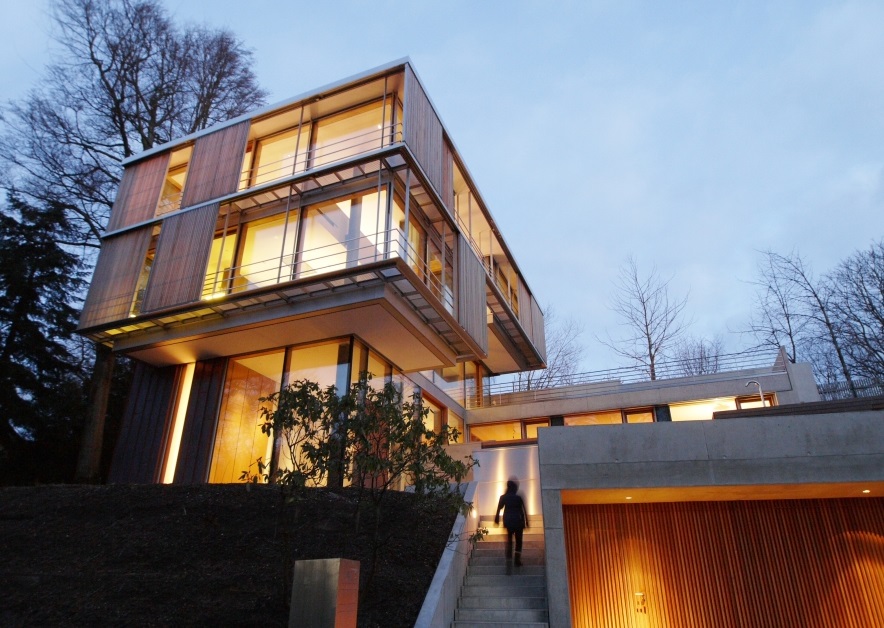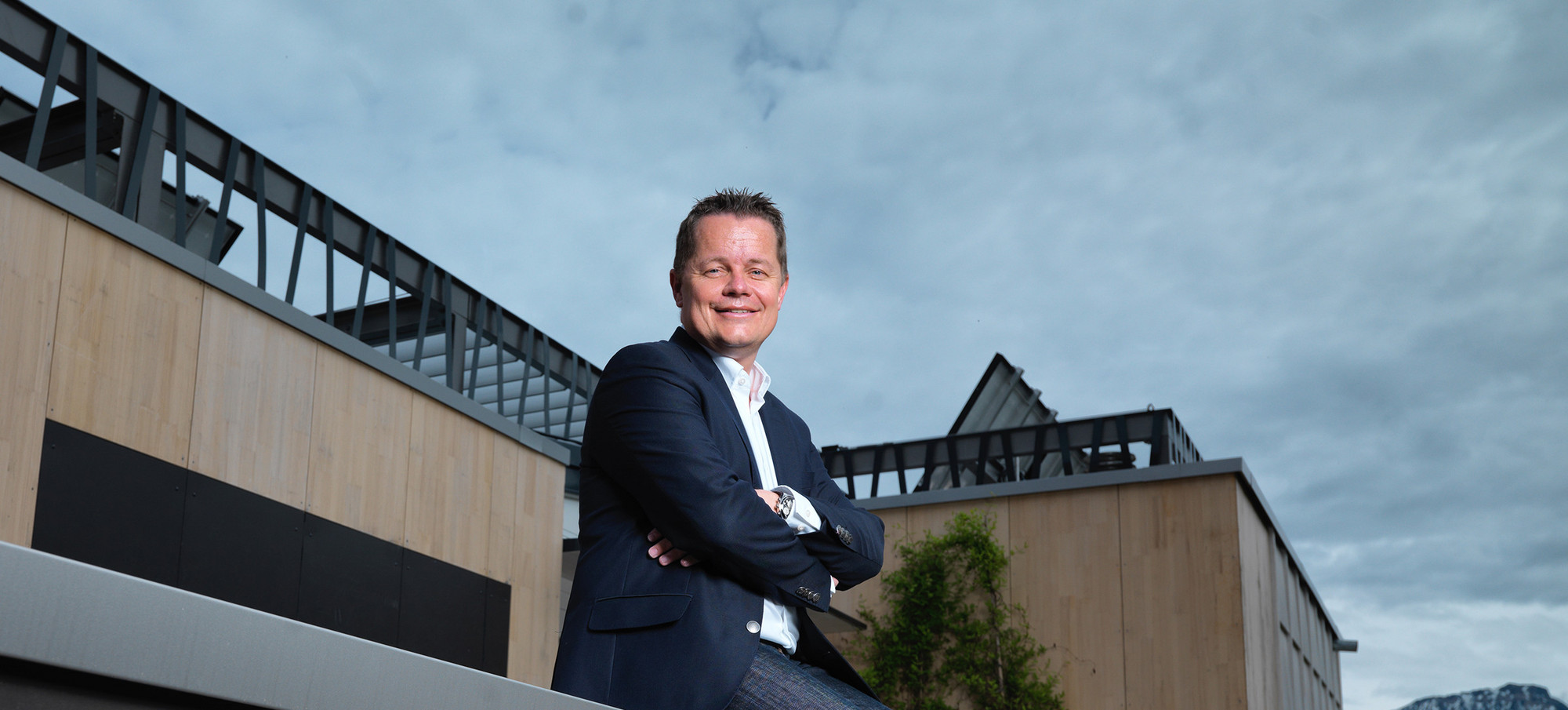
“The facades of the future are adaptive”
Facades must be real all-rounders: Depending on their location and the time of year and day, they are meant to harvest energy, let in light or provide shade. To resolve these conflicting goals, we need facades that can be changed dynamically, says Urs-Peter Menti, professor and co-director of the Institute for Building Technology and Energy IGE at the Lucerne University of Applied Sciences and Arts in Switzerland.
Prof. Menti, what was the most recent facade that caught your eye?
The facade of a commercial building at the train station in Pfäffikon on Lake Zurich in Switzerland: a dark, almost black glass facade, about half of which is shaded by lush green vegetation suspended from a mesh system.
What do you find so fascinating about it?
Glass facades were or are trendy, but they do come with a few challenges in terms of energy and comfort. The plant curtains provide shading that changes from season to season. In addition, the plants make a positive contribution towards prevent overheating in the neighborhood. Moreover, the facade is visually convincing. I just wonder if this solution—with dark glass and plants—is good for the users inside in terms of daylight.
Will we have to say goodbye to big windows in the future?
Due to the hot summers, large glass surfaces towards the south in particular are problematic. At the same time, we must not forget that a high proportion of daylight is very important from the point of view of energy and comfort. For this reason, large windows might tend to move to the north side of buildings, while slightly smaller windows might make sense on the south facade. But it really depends on how you solve the problem of protection against the sun. Ultimately, it's about overall optimization: Reduce solar loads in summer, maximize solar gain in winter—and capitalize on daylight all year round. To me, this is a classic conflict of goals that has always existed in construction.
Could flexible shading systems that automatically adjust to the sun's rays be a solution for the future?
Flexible shading is always a good idea for mitigating the conflict of objectives that I mentioned. Because it allows you to let in daylight and solar gain when desired—and prevent solar loads when necessary. However, flexibility alone is not enough. You have to ensure also that the shading is optimally aligned at all times. You cannot leave it to the users to adjust the shading all the time. That's why automation makes sense. This applies in particular to the times when there are no users in the building. In the case of single-family homes, for example, this may be the case on weekends; in the case of office buildings, it might be in the early morning hours.
According to the Paris climate agreement, Western Europe must be CO2 neutral by 2050. Looking at building technology, are we on track?
Yes and no. The technical solutions are known and proven. In fact, it has long been possible to operate a building without CO2 emissions. But there is still a lack of implementation. In Switzerland, the share of renewable energies is high in new buildings, but when buildings are being renovated, oil and gas heating systems are still installed in too many cases. This also applies to other countries in Europe and worldwide. So the challenge is with the existing building stock. What is needed here is more knowledge among decision-makers, more incentives, and perhaps also promotional measures.
What is the focus of research in terms of facades and building technology?
Especially in cities during the summer, we see veritable heat islands developing. This is not only uncomfortable for the inhabitants, but can cause health problems. A lot of research is therefore being done in this area: How will we have to design buildings, building shells and building technology in the future so that they ensure a high level of comfort for users despite the climate change? An important topic in this context are “adaptive facades”: These can adapt to changing meteorological conditions. Just as we wear different clothes in summer and winter, buildings of the future will have different facade properties depending on the climate. Flexible shadings are one facet of this.
Your institute has developed a cost-effective building monitoring system. Can you explain its advantages in a few words?
Energy monitoring is an important basis for optimizing the operation of a building and reducing energy consumption. Often, however, the costs of monitoring are higher than the savings that can be achieved. For this reason, monitoring is often dispensed with from the outset. With the concept we have developed, interested and experienced users can realize a simple monitoring system themselves with commercially available components—and make the evaluations quite easily. In this way, the ratio between effort and benefit can be optimized.
What is the most important tip you would pass on to architects?
Architects are world champions when it comes to reconciling a wide variety of expectations. With the new demands on the facade, a whole new set of requirements arises. I would like for architects to recognize this as an opportunity—and not to interpret it as a restriction. If you integrate the requirements into the architectural design you can handle them in a creative way.
Conclusion: What distinguishes the facade of the future from those we see today?
Sun protection will be given greater importance, the large glass surfaces are likely to move from the south to the north side, and the facades will become more dynamic. They will be able to vary their characteristics in the course of the day as well as in the course of the year and adapt in line with external conditions. In addition, in the future it will be less important to have optimized individual components. Instead, we need to look at the facade more as an overall system and optimize it.
Energy and building technology expert
Prof. Dr. Urs-Peter Menti is Co-Director of the Institute for Building Technology and Energy IGE at the Lucerne University of Applied Sciences and Arts—Engineering & Architecture. He also heads the Minergie certifying body in Central Switzerland, and represents the Lucerne University of Applied Sciences and Arts on the board of the Sustainable Construction Network Switzerland (NNBS).
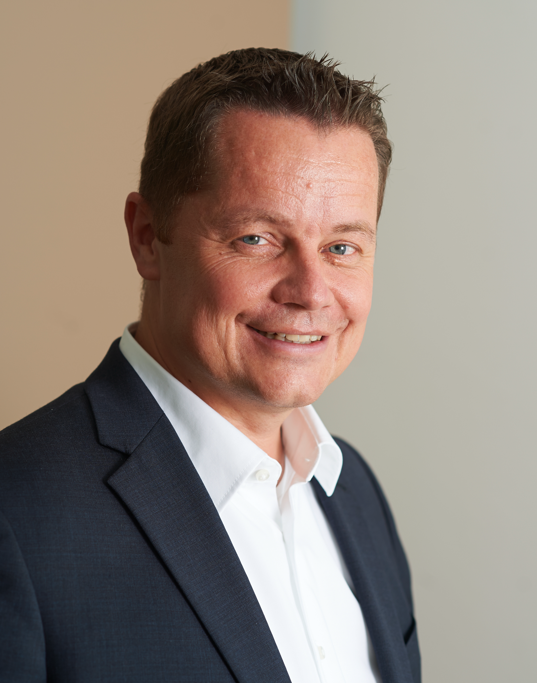
Office building in Pfäffikon, Schwyz, Switzerland
The surface of this office complex is made of dark glass, wrapped in a protective construction of wire ropes. These provide the structure for the climbing plants that optimize the air conditioning of the building and provide protection against the weather.
Reference projects
Discover new possibilities for facade design with sliding and folding sliding shutters.
